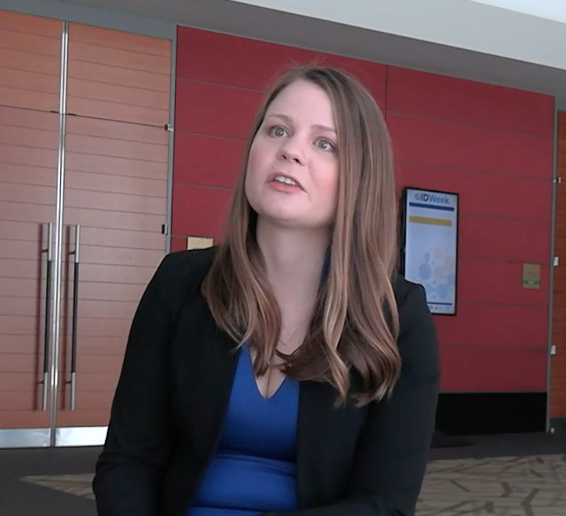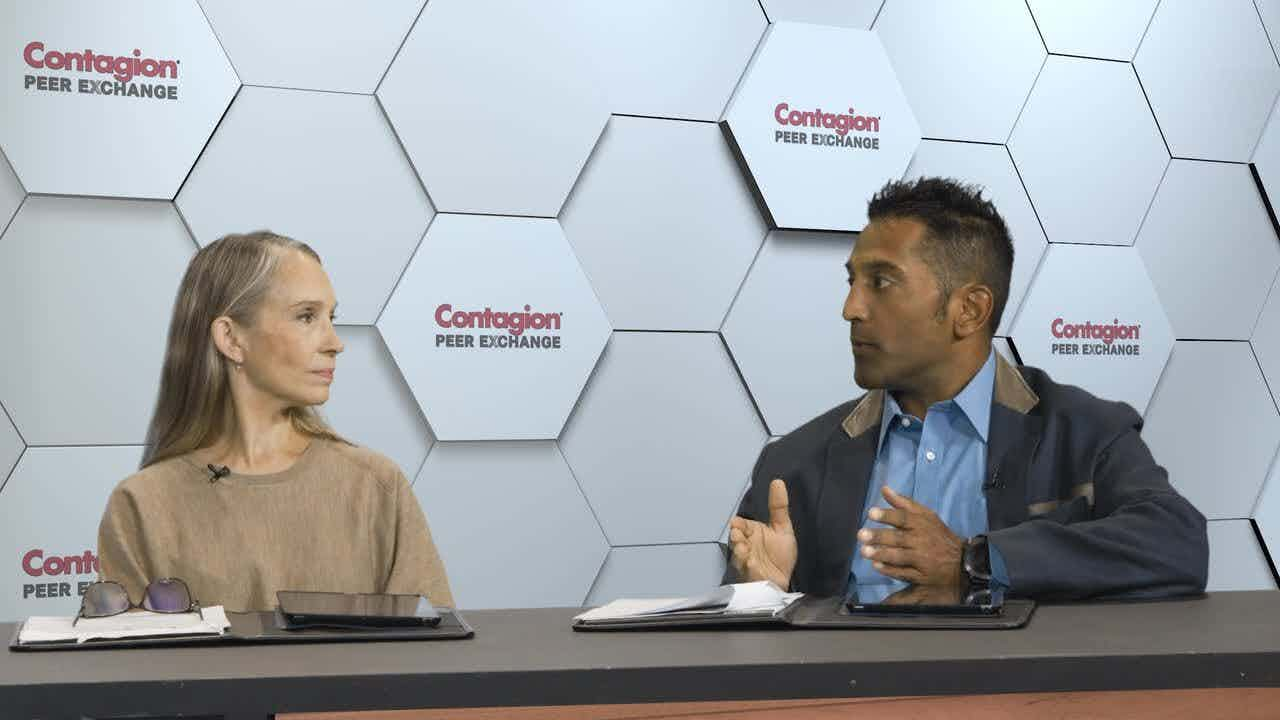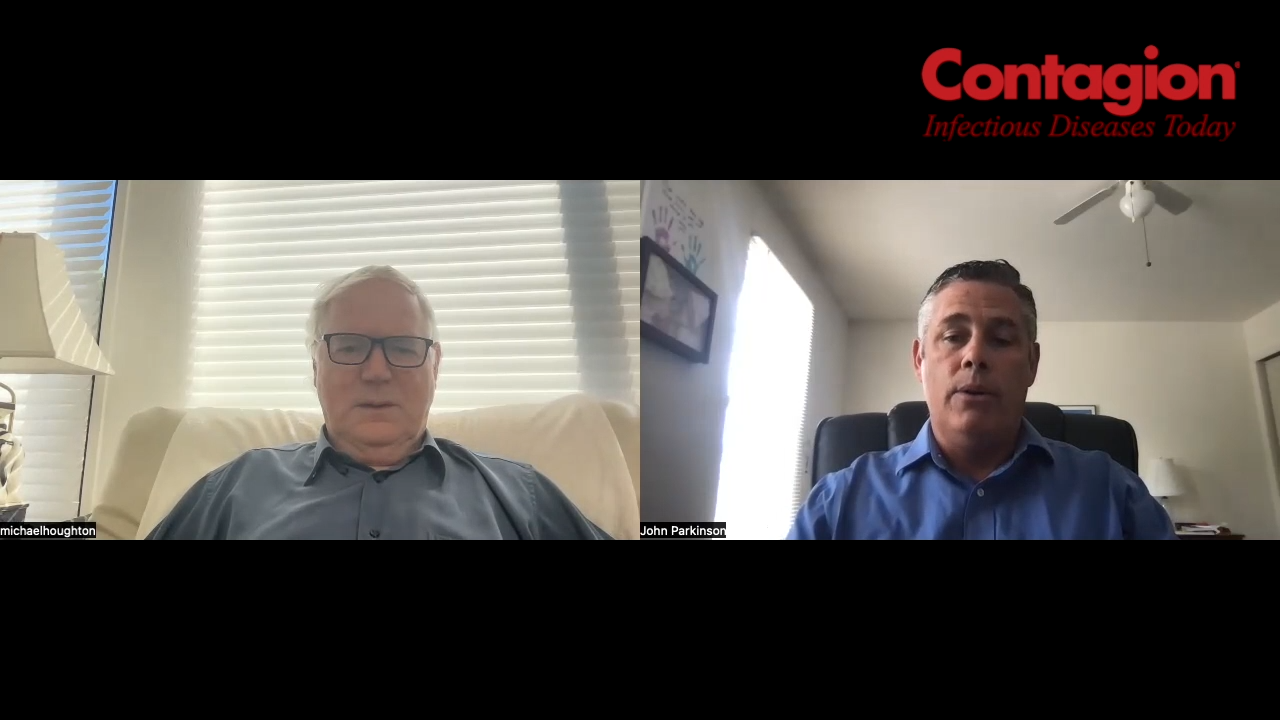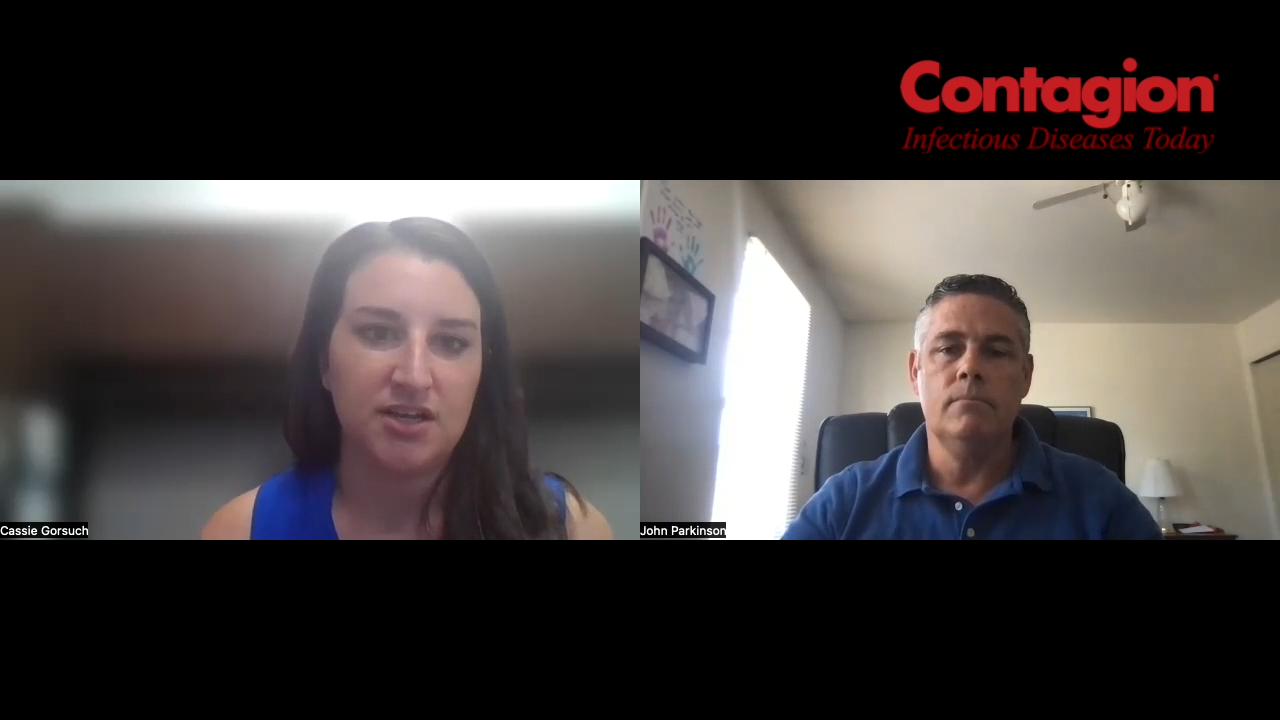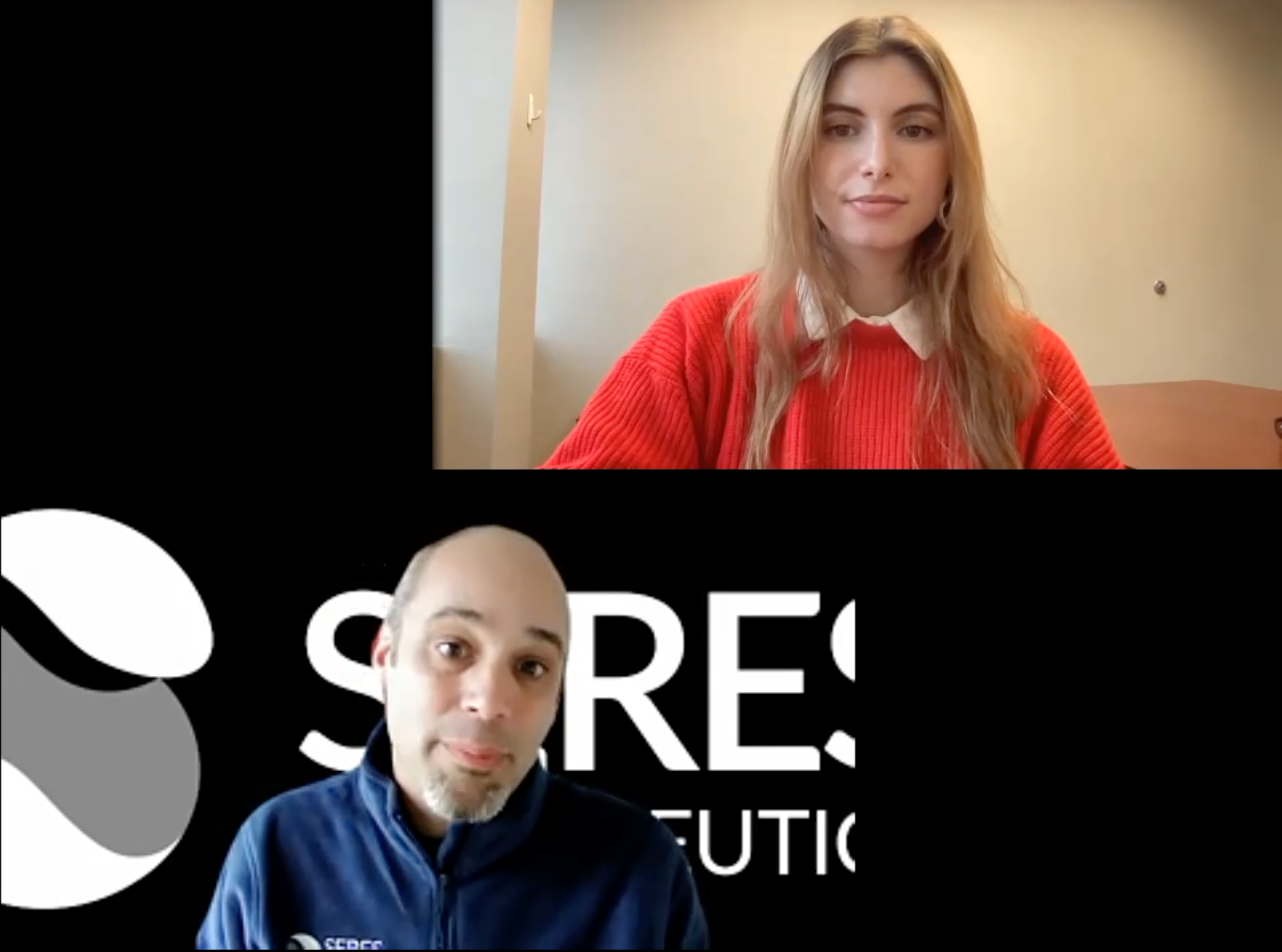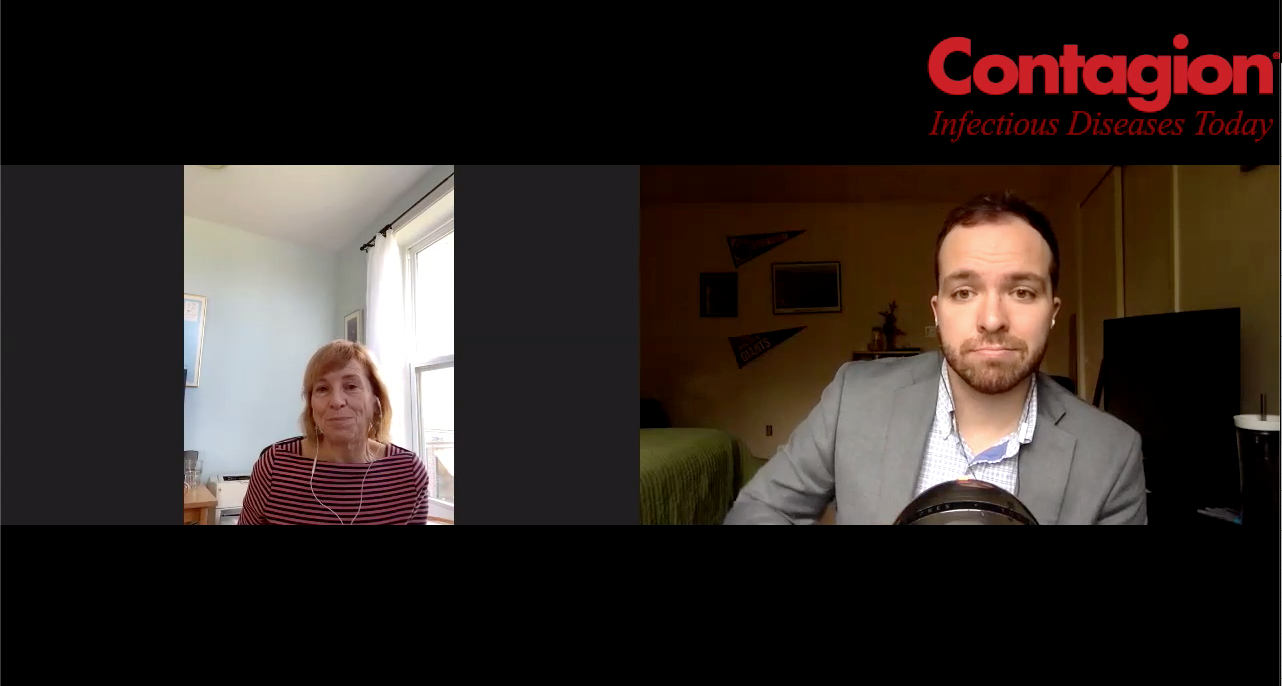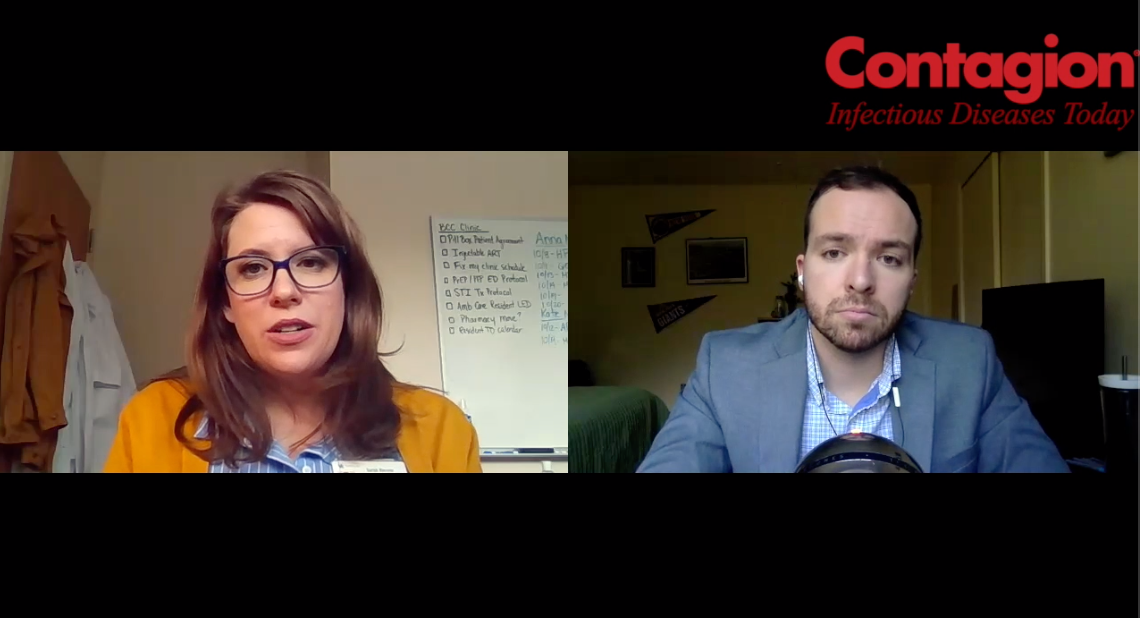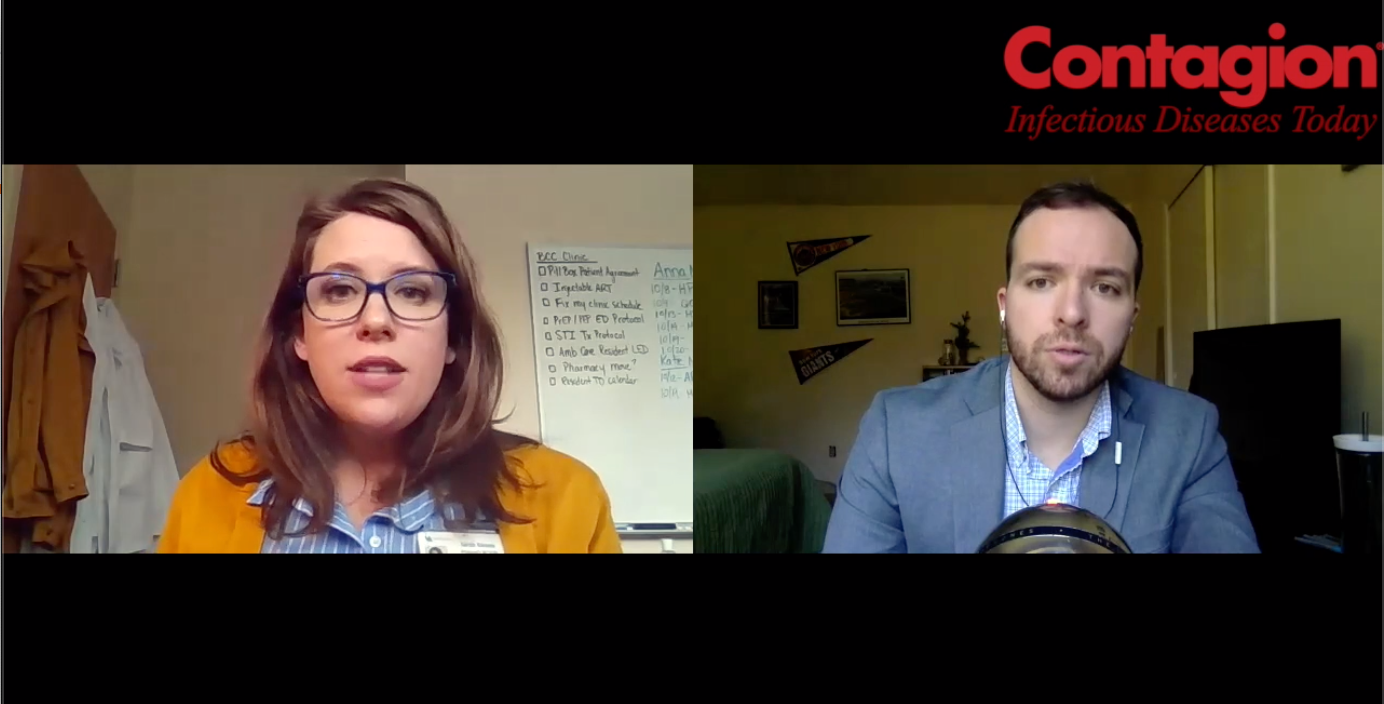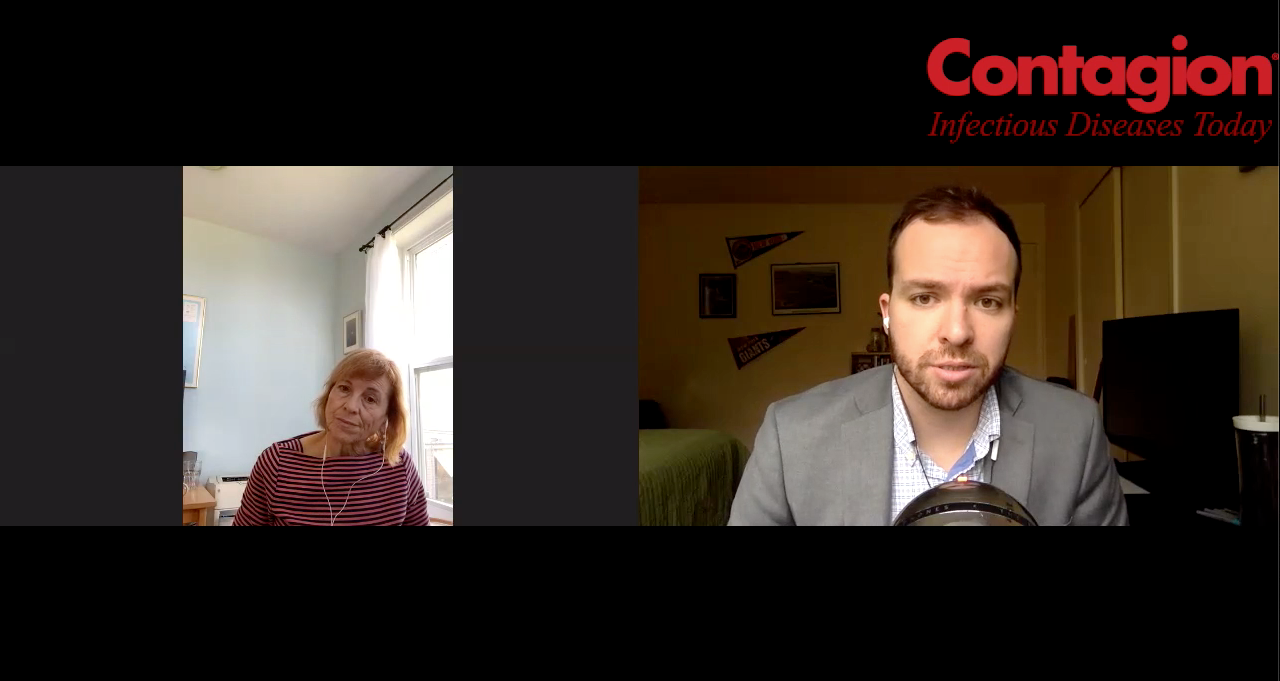Hepatitis B Remains Unsolved Infection in Children
This review article provides guidance for clinicians that have been struggling with the most effective way to treat chronic hepatitis B virus (HBV) infection in children and adolescents.
A recent review article published in the Journal of Gastroenterology and Hepatology provides guidance for clinicians that have been struggling with the most effective way to treat chronic hepatitis B virus (HBV) infection in children and adolescents.1 The review focuses largely on the unmet needs associated with currently available treatment options.
In the review, first author Florence Defresne, PhD, from the Université Catholique de Louvain, Cliniques St Luc in Brussels and senior author Professor Etienne M. Sokal, MD, PhD, the Head of Pediatric Gastroenterology and Hepatology at the same institution provide an overview of the burden of HBV infection in children and adults and important aspects of HBV biology. Additionally, they address topics including the timing of treatment for these patients, the therapeutic options available, and remaining treatment challenges and opportunities. Regarding the current state of HBV treatment in children and adolescents, Professor Sokal told Contagion that, "As opposed to HCV, HBV remains a largely unsolved infection, particularly in children with perinatal transmission."
In a brief discussion of the burdens associated with HBV infection, Dr. Defresne and Professor Sokal note that pediatricians are highly likely to be faced with the challenge of treating young patients with HBV, as it infects many people in the child/adolescent age range. Additionally, they acknowledge reduced disease prevalence in several countries, but also highlight increasing incidence at the global level.
As for HBV biology, the authors explain the transmission routes of HVB, which differ amongst geographic regions. Additionally, chronic HVB (CHB) infection is defined including information pertaining to the presence and absence of HB envelope antigen (HBeAg), as well as the levels of HBV-DNA and alanine aminotransferase (ALT), in the three phases of CHB in children. The guidance provided by the 2012 European Society for Pediatric Gastroenterology, Hepatology and Nutrition (ESPGHAN) clinical practice guidelines is discussed in the context of treatment initiation for this patient population.
The majority of the review is devoted to descriptions of the unmet needs associated with the currently available therapeutic options for CHB infection in children and adolescents. In explaining the serious nature of this challenge, Professor Sokal told Contagion that, "The best pediatric results in term of seroconversion for both HBs & HBe obtained with interferon, nearly 20 years ago have so far not been outpassed." The clinical development history and relative strengths and weaknesses of each of the five US Food and Drug Administration-approved treatments for CHB infection in children (interferon-α, lamivudine, entecavir, adefovir, and tenofovir) are described, and the authors note that only two of these agents (tenofovir and entecavir) are approved for use in pediatric populations in the European Union.
Regarding the challenges and opportunities that remain for the future of HPV vaccines, Dr. Defresne and Professor Sokal pointed to the controversy regarding widespread use of these vaccines as a challenge. Recent discoveries pertaining to the HBV life-cycle for the development of future therapeutic targets were identified as opportunities. Professor Sokal told Contagion that, "Vaccination remains the best and premium strategy to decrease the burden of the disease."
The review concludes with a brief and hopeful mention of newly issued treatment guidance from several sources including the World Health Organization and the National Institute for Health and Care.
William Perlman, PhD, CMPP is a former research scientist currently working as a medical/scientific content development specialist. He earned his BA in Psychology from Johns Hopkins University, his PhD in Neuroscience at UCLA, and completed three years of postdoctoral fellowship in the Neuropathology Section of the Clinical Brain Disorders Branch of the National Institute of Mental Health.
References
- Defresne F, Sokal E. Chronic hepatitis B in children: therapeutic challenges and perspectives. J Gastroenterol Hepatol 2016 Jun 4. doi: 10.1111/jgh.13459. [Epub ahead of print].










